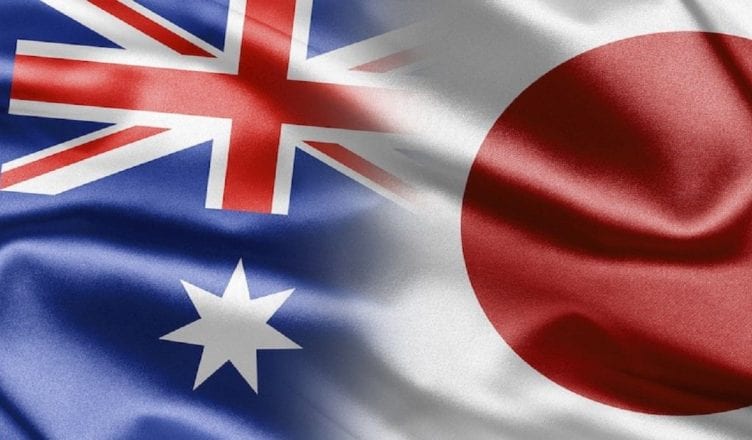Japan vs Australia: Differences in Work Culture

My name is Joi and I am currently working as an intern here at Quay Appointments. While working in Australia as an intern from Japan, I found that there are three major differences between Japanese work culture and Australian work culture. For the duration of my 12 weeks of work, I have noticed that the Australian work environment is more casual in the work place than the Japanese work environment.
Work attire
Most Japanese offices tend to be conservative and very formal regarding work attire. People can be seen as rude or informal if they are not wearing the appropriate attire. Most Japanese businessmen wear navy, grey or black suits with ties. Japanese businesswomen dress similarly with a white button shirt with a navy or black blazer and a matching skirt.
Australian worker attire is more casual than Japanese. Men wear long trousers and button shirts to the workplace, and woman also have more freedom in their clothing choices in comparison to Japanese women. Many workplaces have a “casual Friday” where they are encouraged to wear smart casual attire such as jeans and T-shirts.
Working hours
Most Japanese employees work long hours, and it is common for them to work 60 hours per week despite the labour law. It has led to a phenomenon called Karo-shi (かろし), which literally means “death by overwork.” It is considered impolite to leave the office, so the boss and workers have to work overtime, sometimes unpaid. They believe that the amount of time they work, determines their chances for promotion, and the quantity of their work is more important than its quality. It is also common for Japanese workers to go for drinks after finishing work. It is not necessarily required, but it is socially expected in order to enhance the relationship with their boss.
The standard working week in Australia is 38 hours, and working hours in most offices including Quay, start from 8:30 – 9:30am and finish from 4:30 – 5:30pm, with a one-hour break for lunch. Workers basically can leave the office anytime (with their bosses’ permission) and they do not work overtime. It is because Australians try to establish a balance between their work and free time, and spend more time with their families. Because of this, they would typically go straight home and not socialise with their colleagues after finishing work.
Work environment
The Japanese work environment is normally quiet and focused. This is because of the Japanese working culture. Workers can be considered rude if they disagree openly and directly. Because of this, they tend to keep the office quiet and do not communicate with their colleagues frequently.
On the other hand, Australians like to socialise with their colleagues and keep things casual in the office. Australian workplace culture allows people to socialise during their working hours. Communication in the work place can be considered a good work ethic for creating good team work and work environment. At Quay, every Friday at 4:30, the staff gather around the kitchen to socialise with snacks and drinks. It is an effective way to get to know each other, and they can relax outside the work place. In order to keep the office casual, they don’t mind playing music in the office too.
I am impressed about how the Australian work culture is casual, and it has been a beneficial experience for me to see the differences between Japanese and Australian work cultures. As some Japanese workers are literally working themselves to death. I hope that one day the Japanese workplace will look to Australia’s working culture to improve their employee’s work environment for the future.











